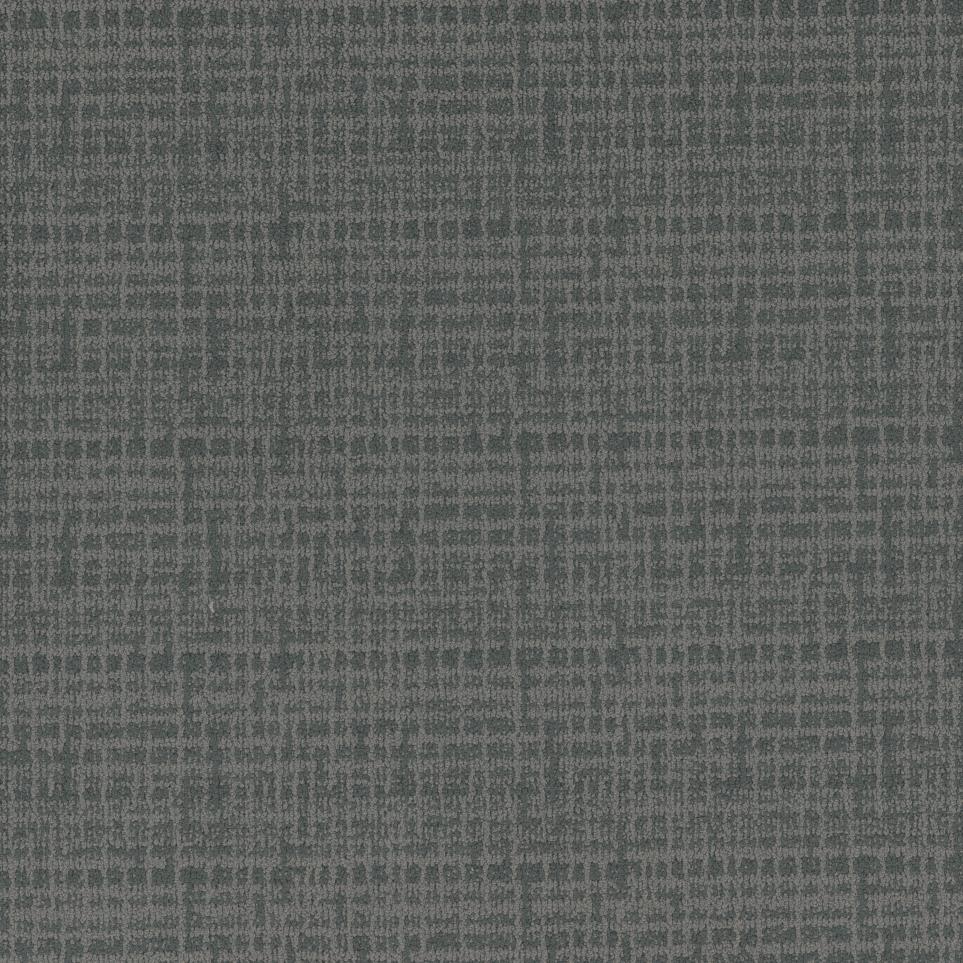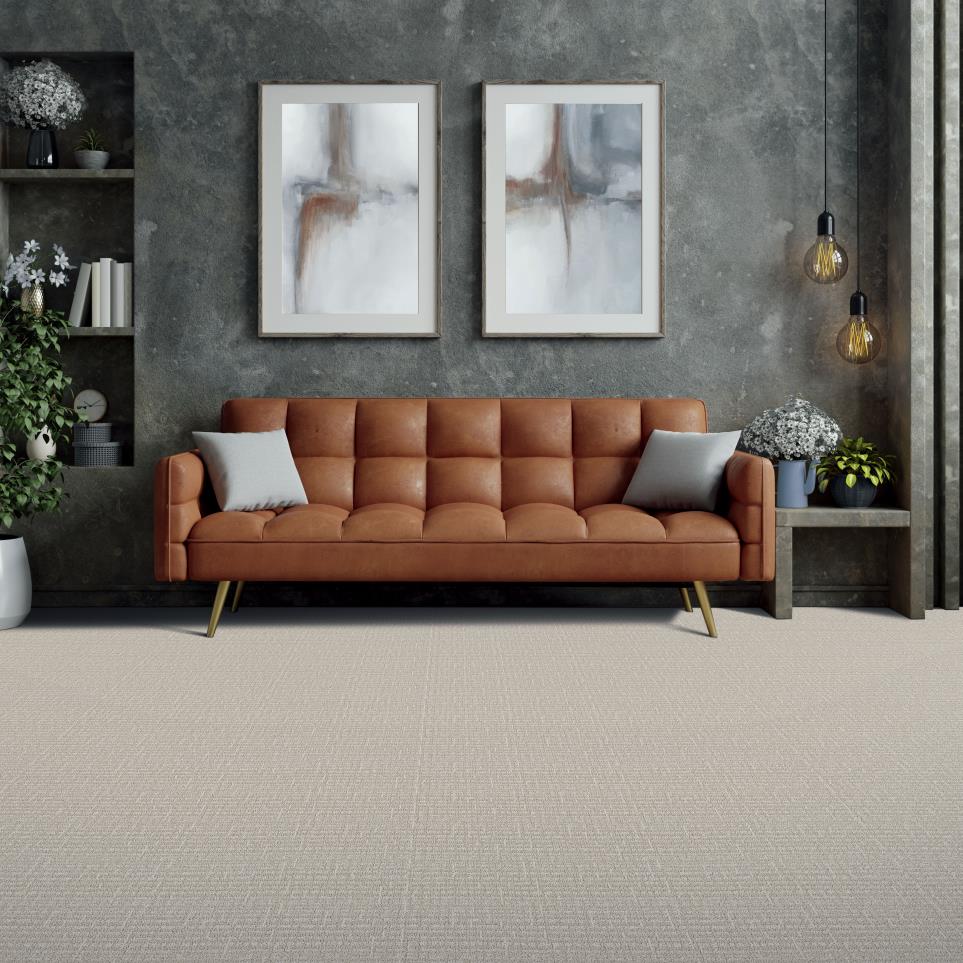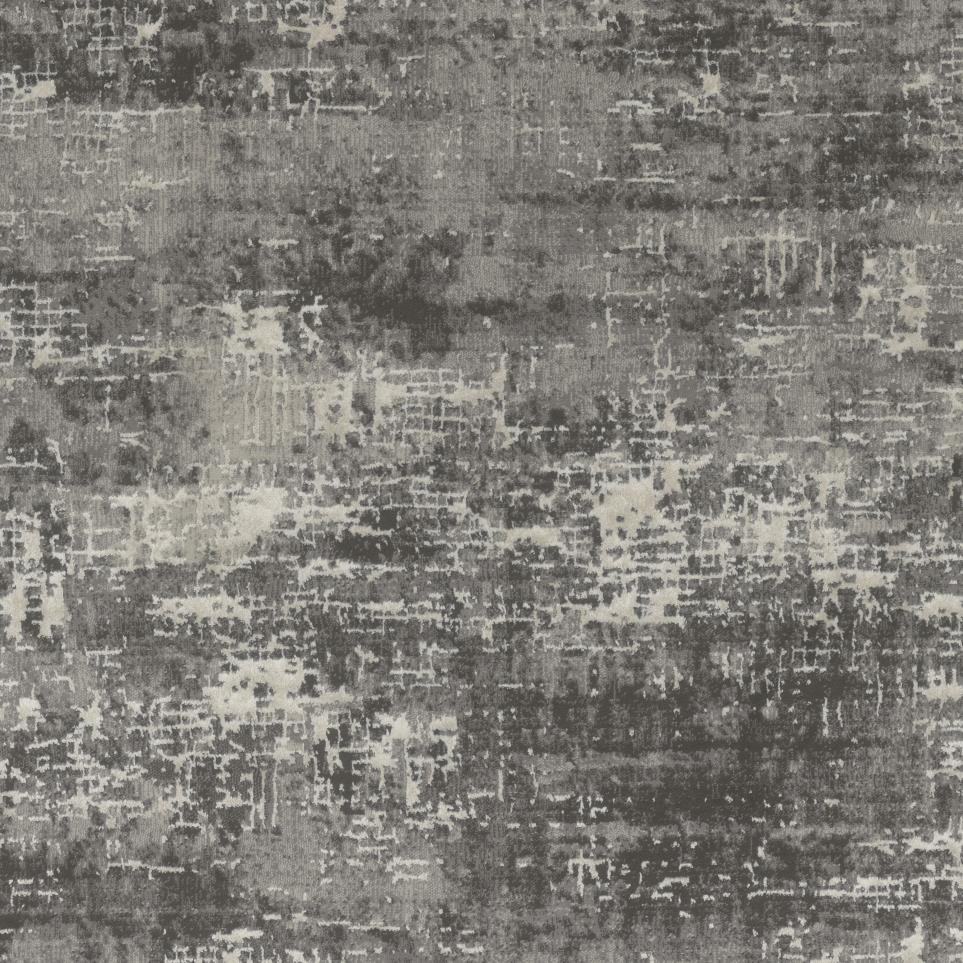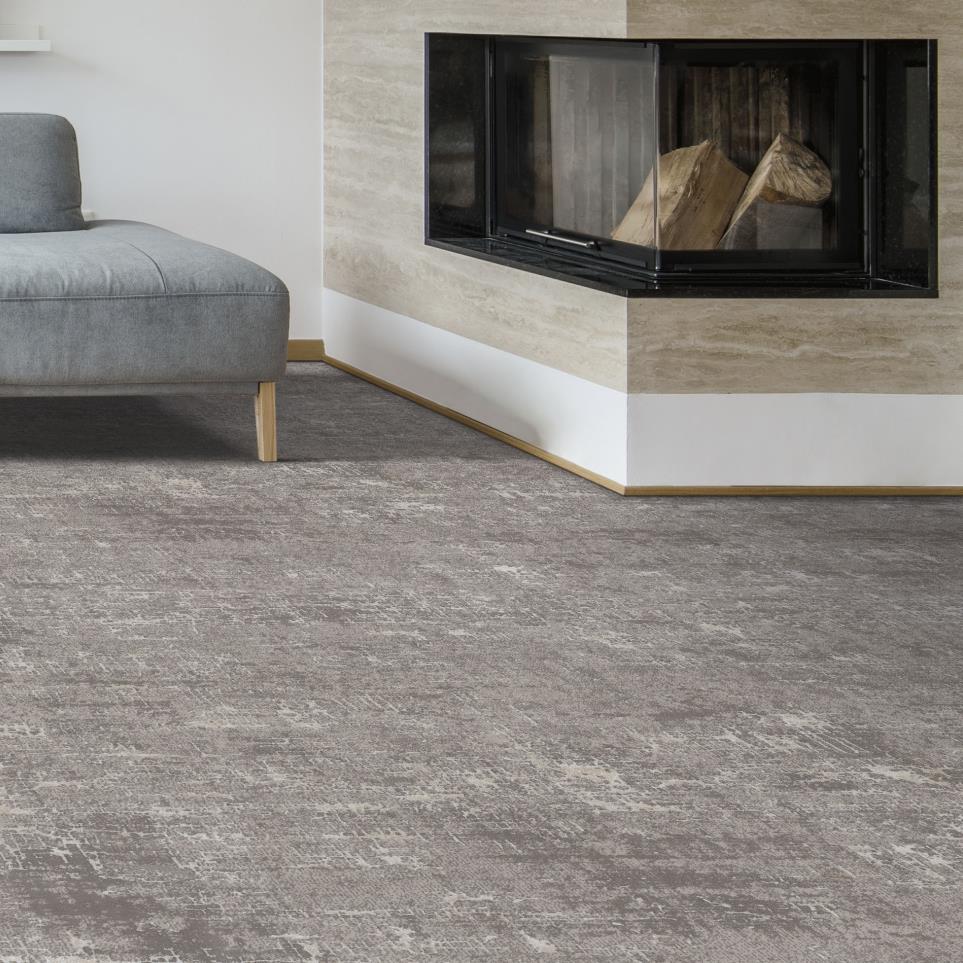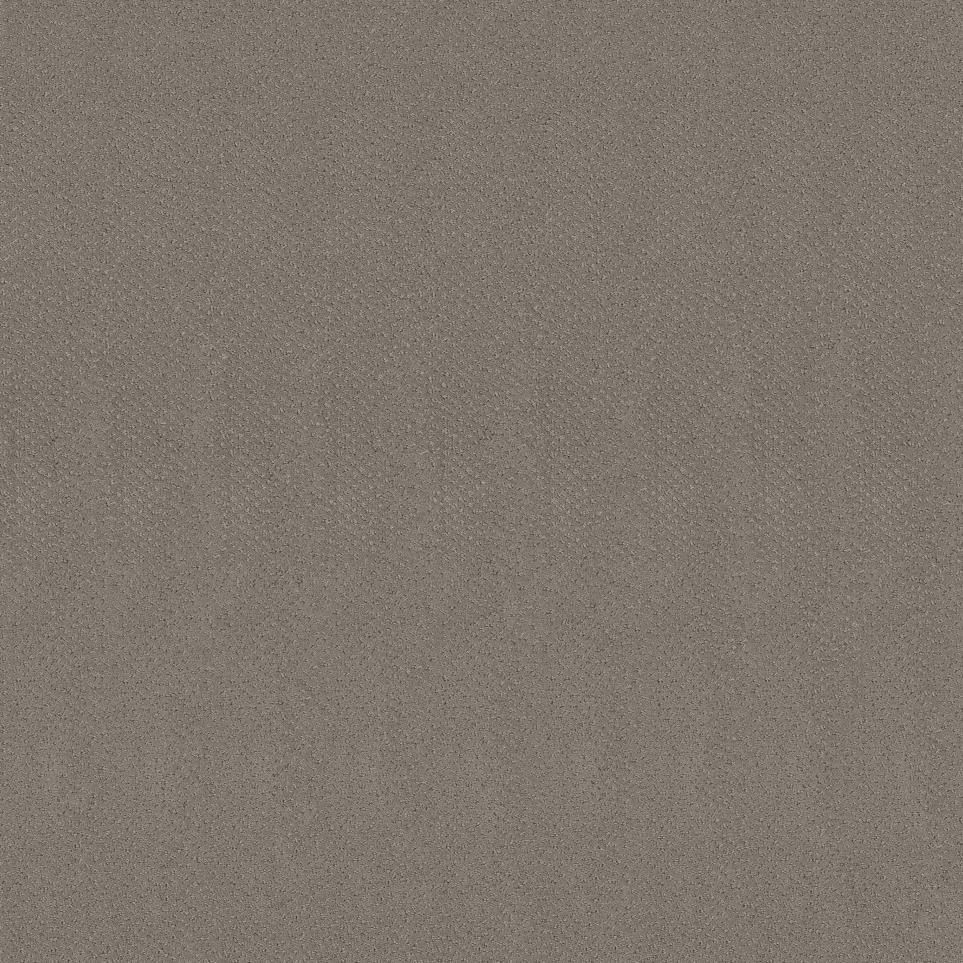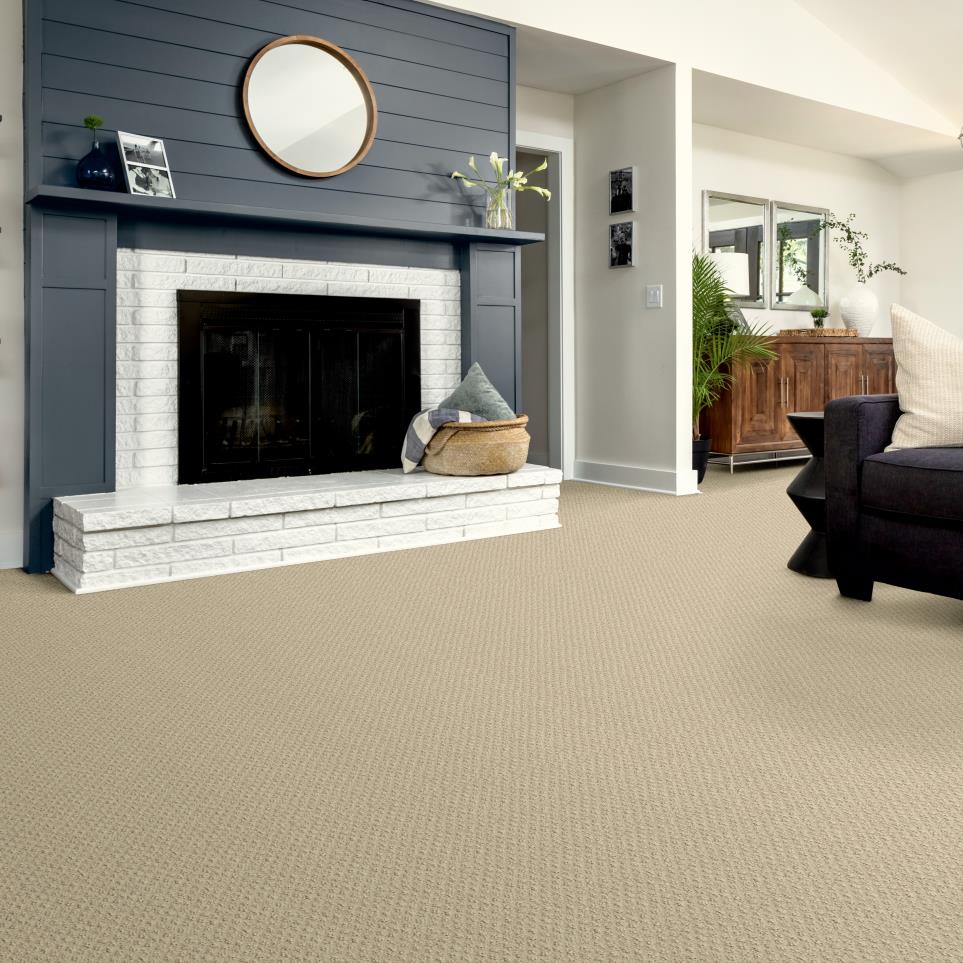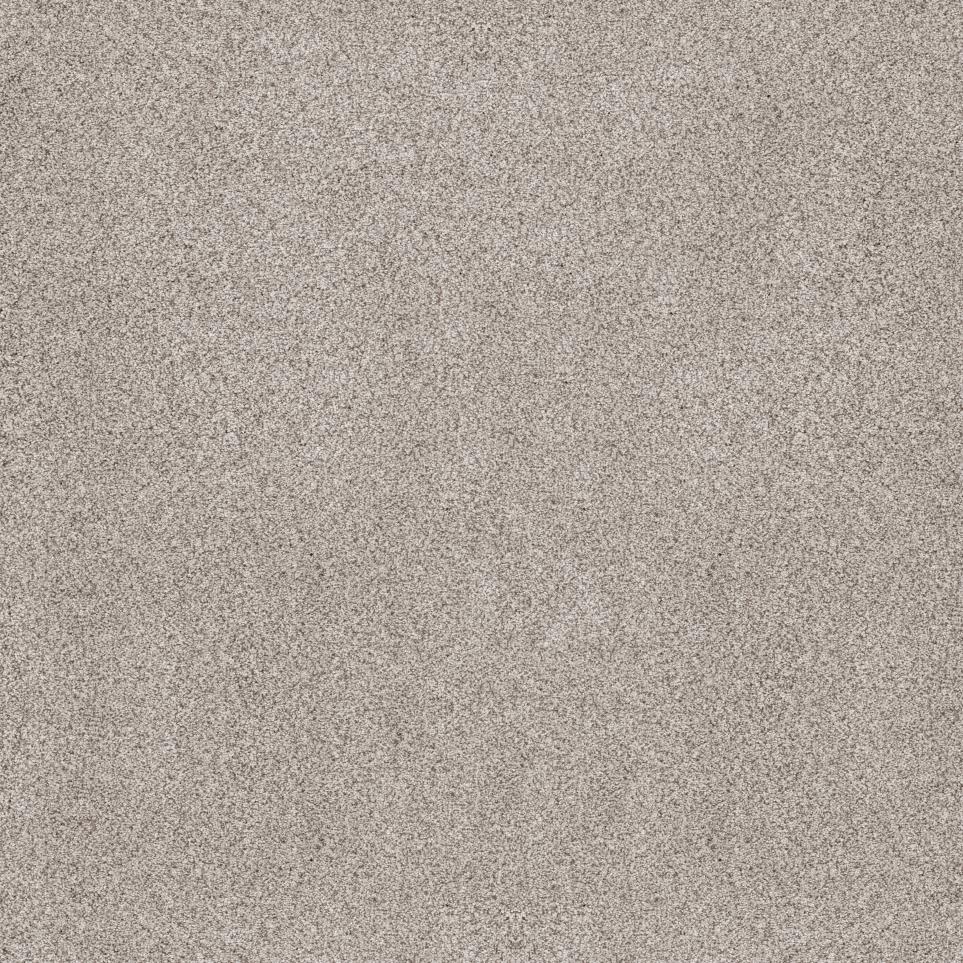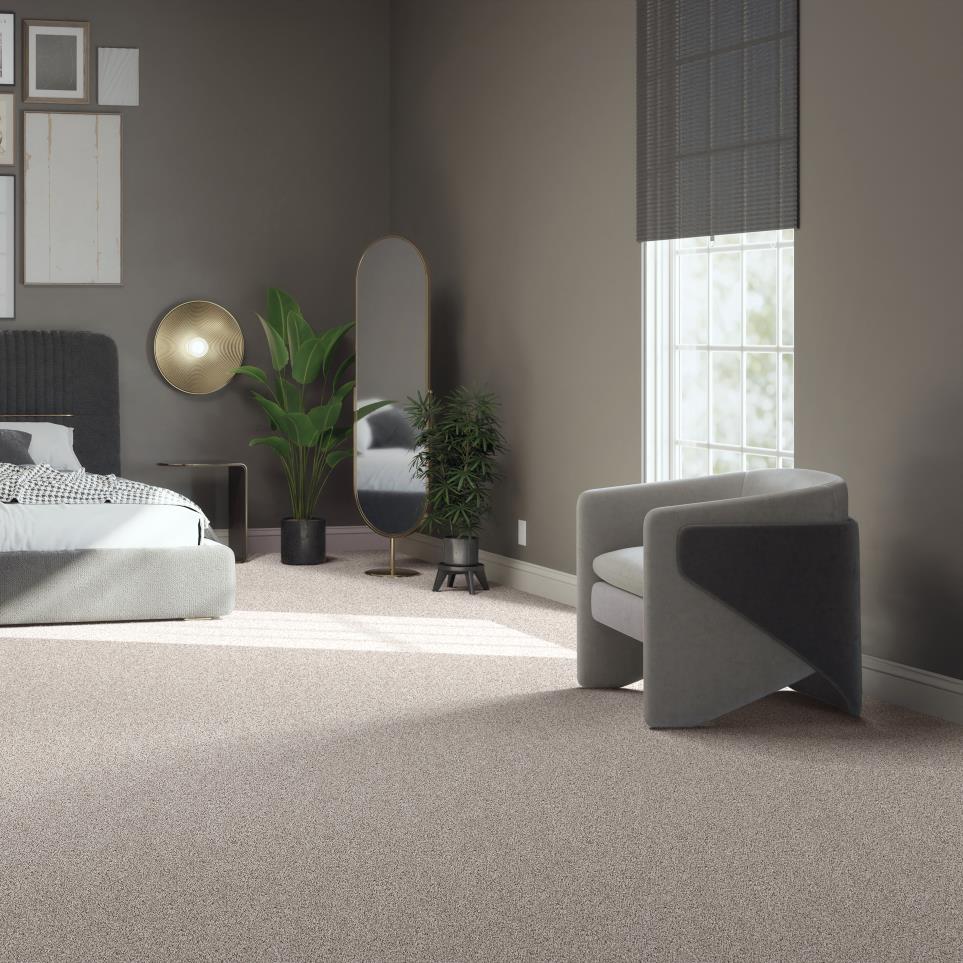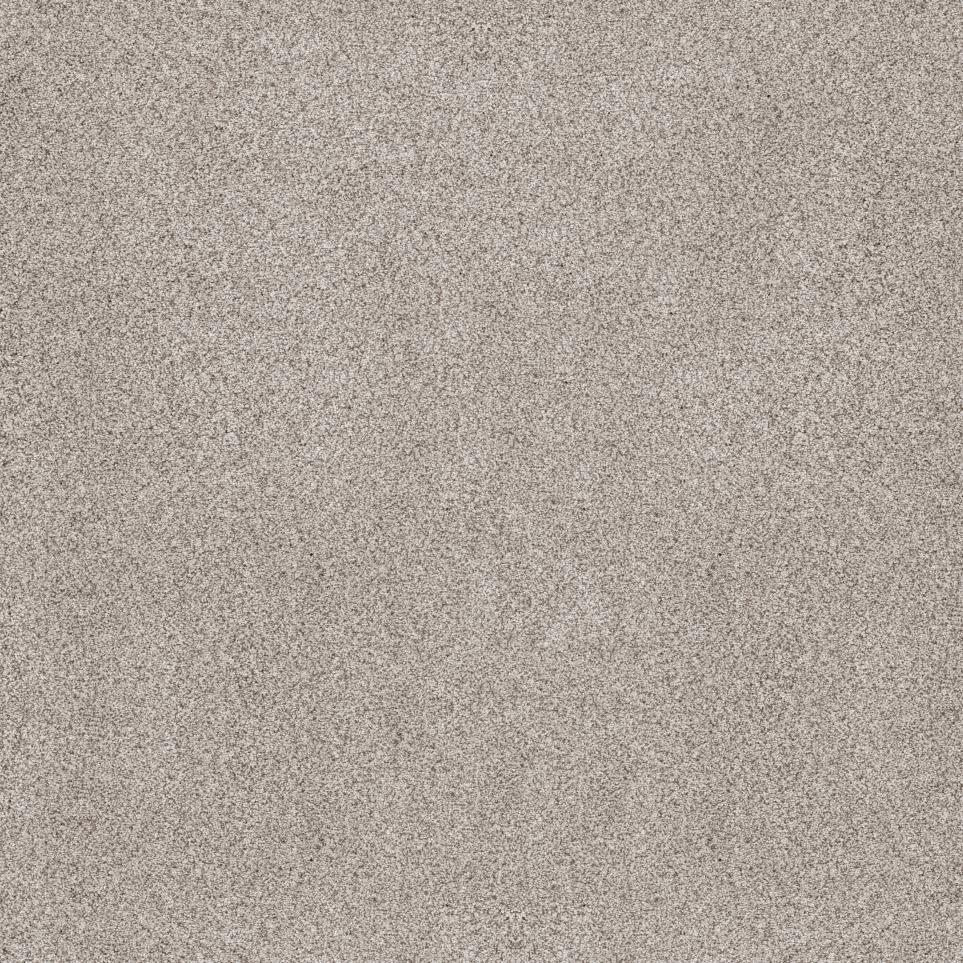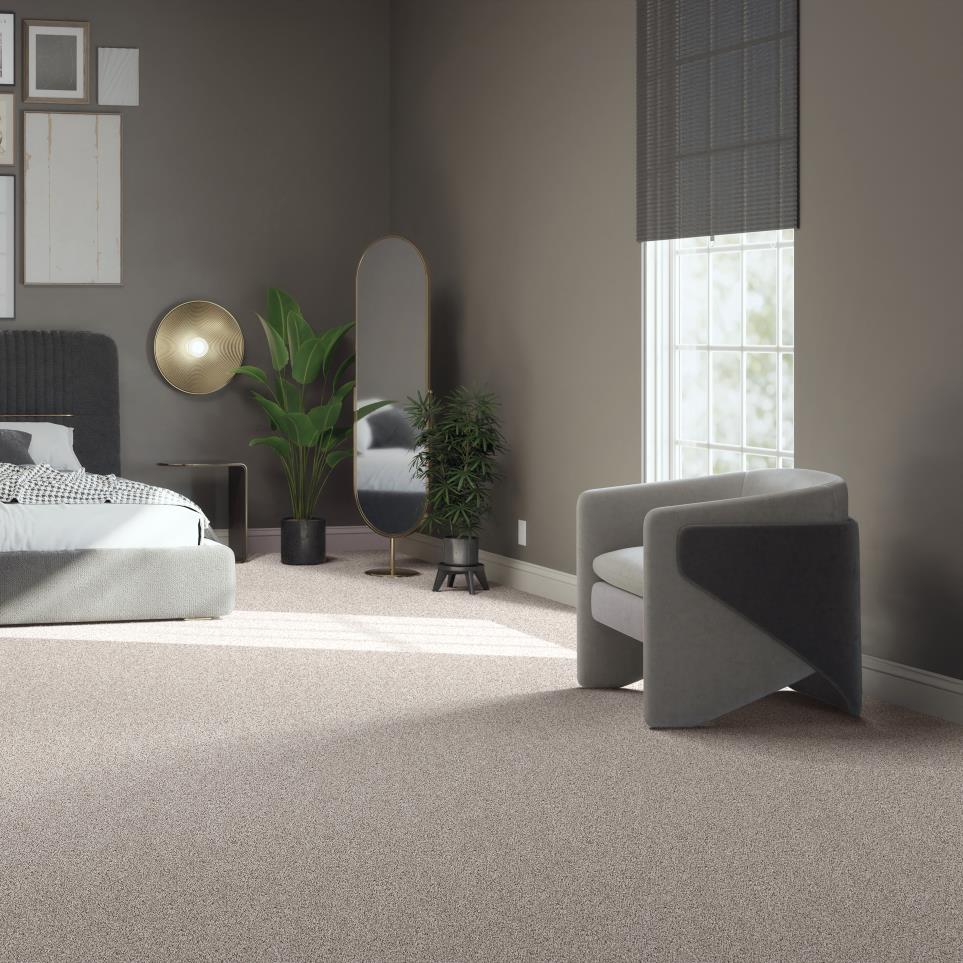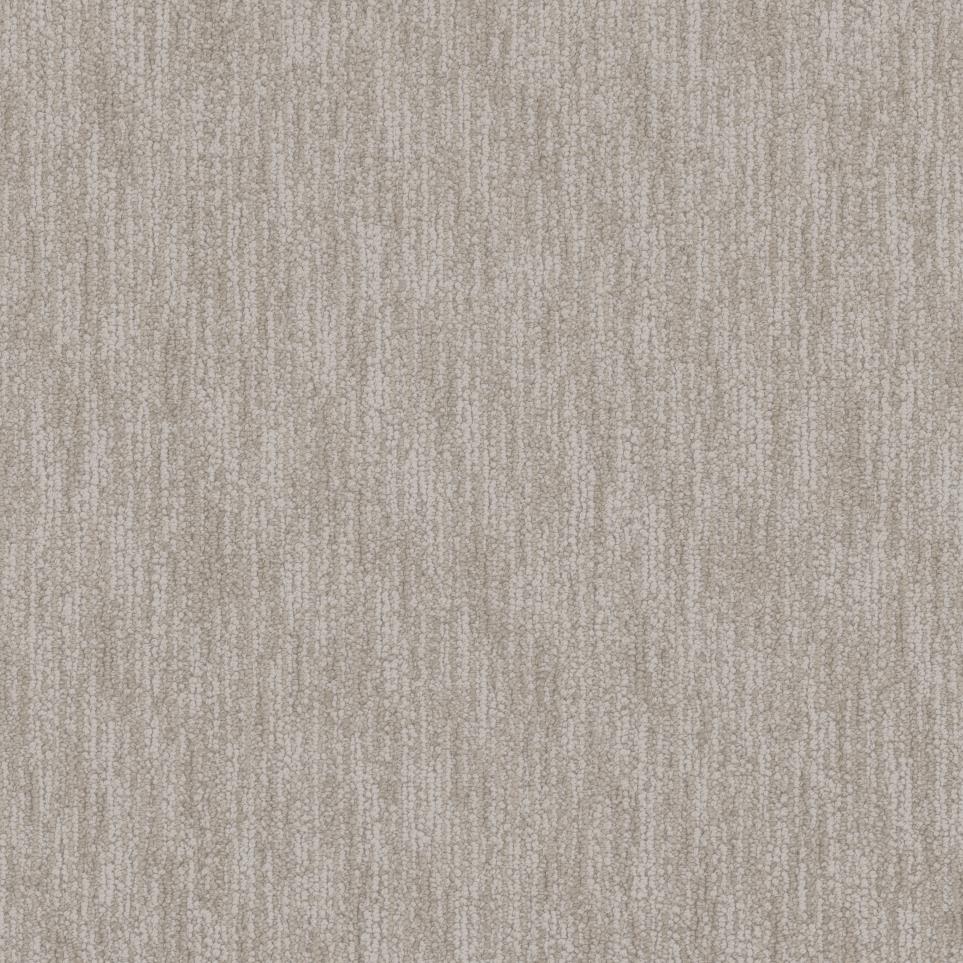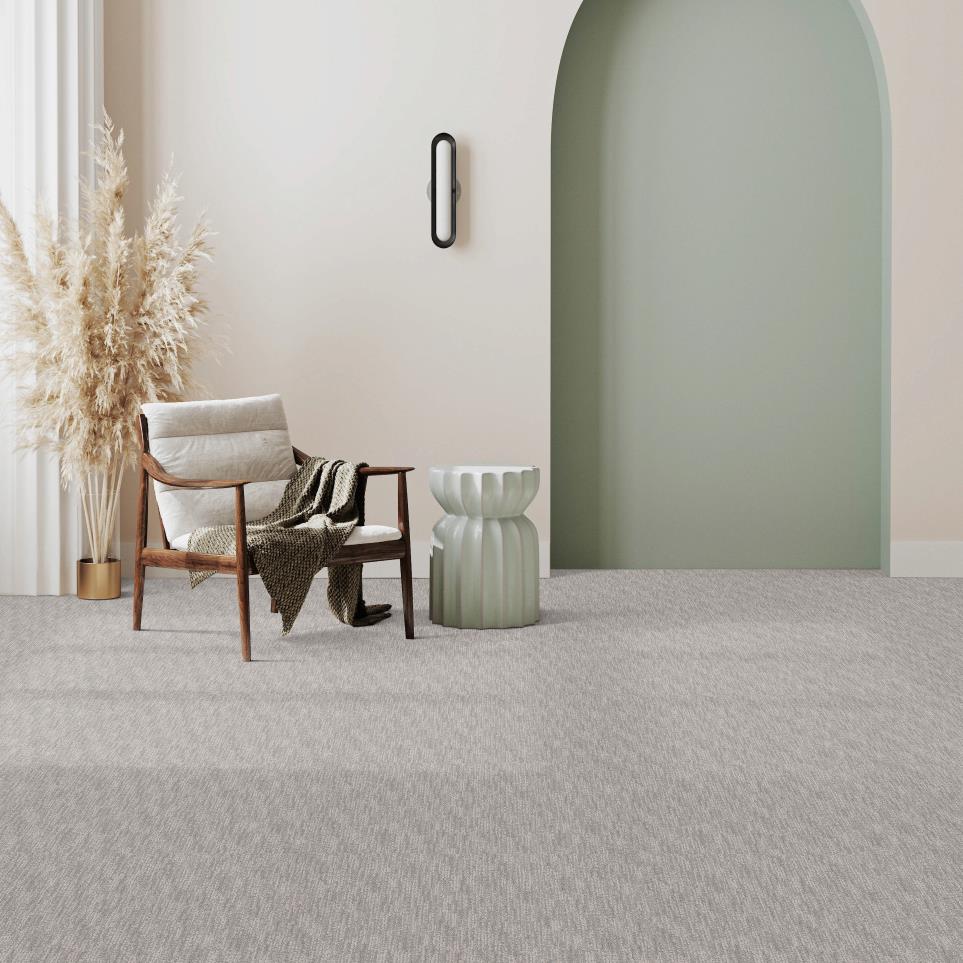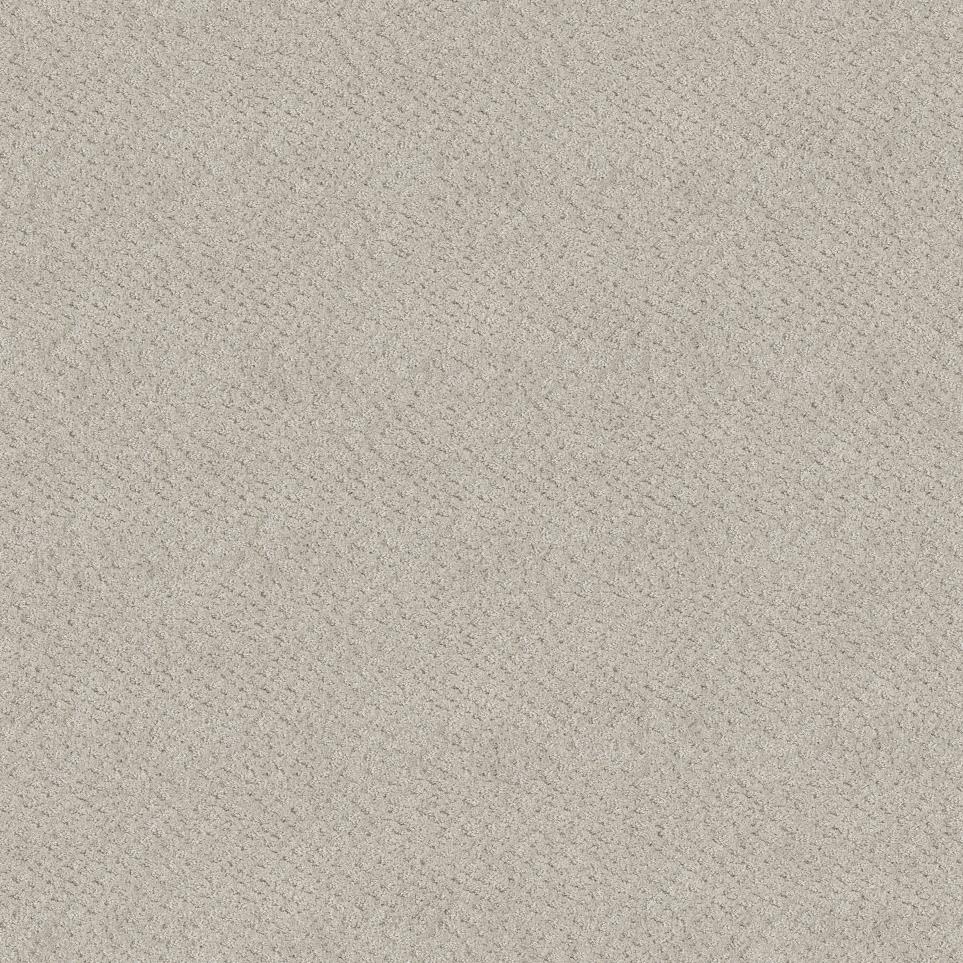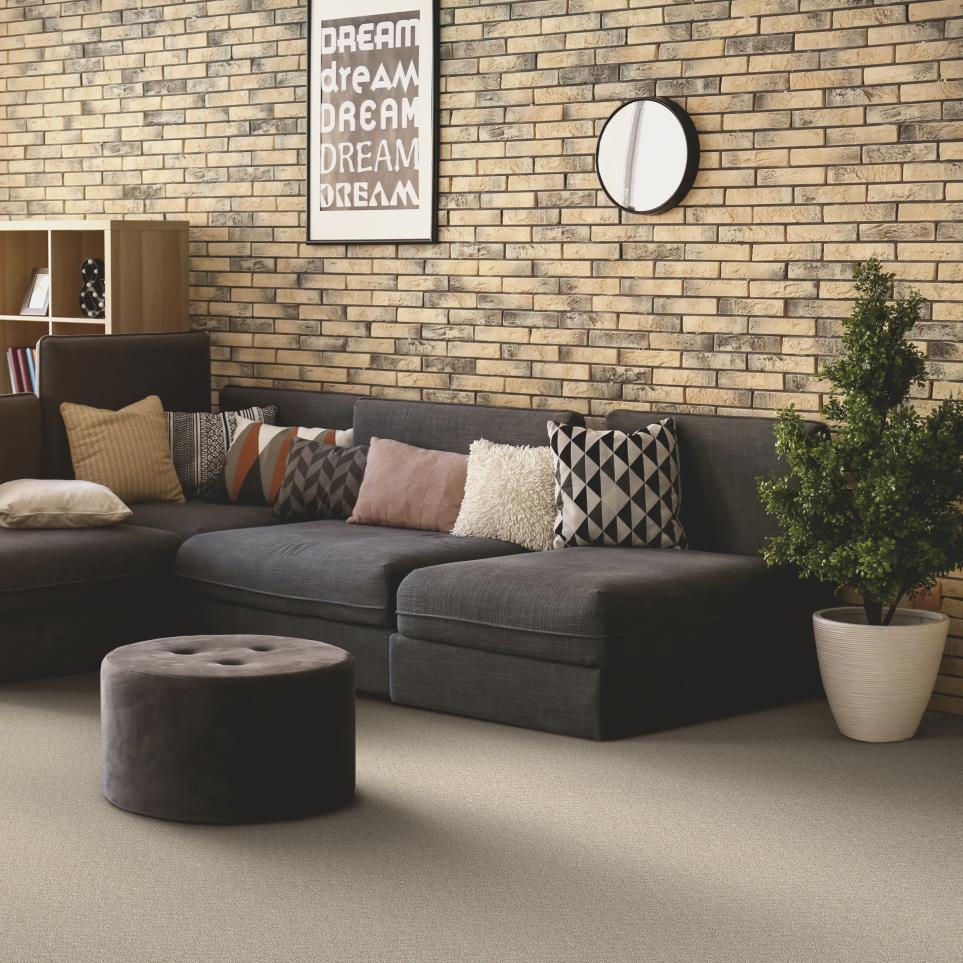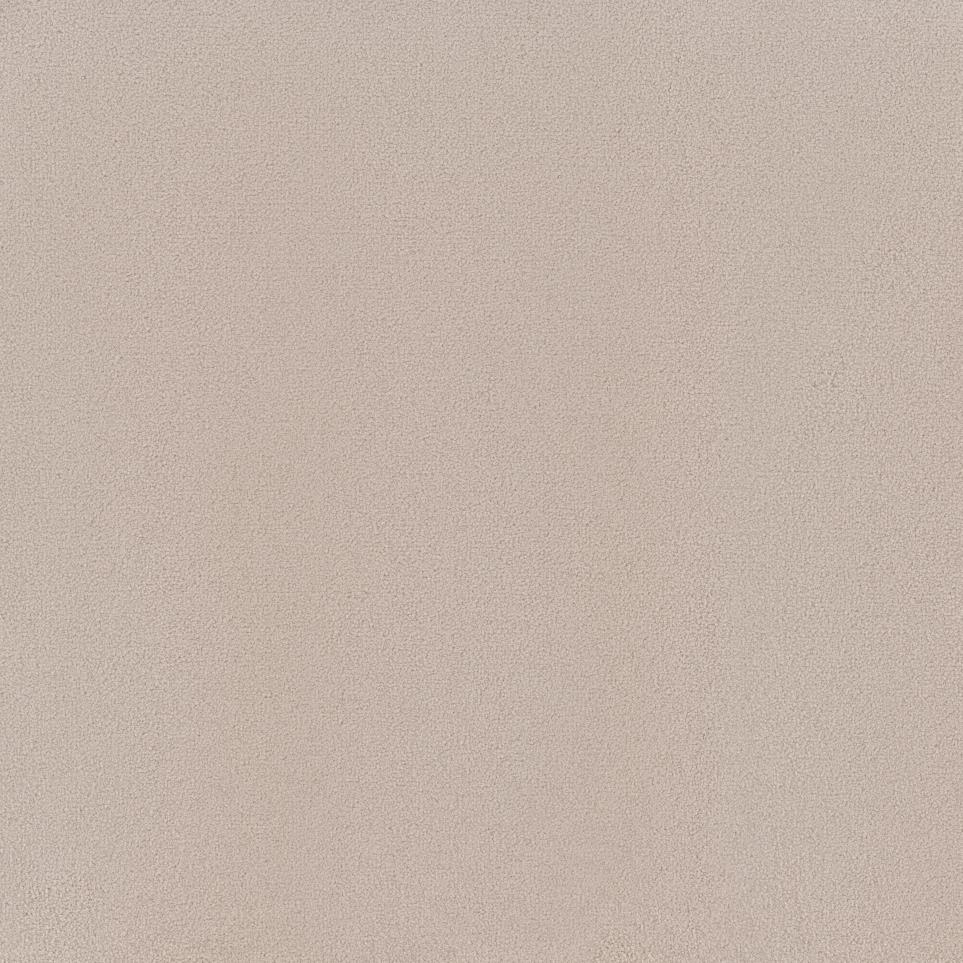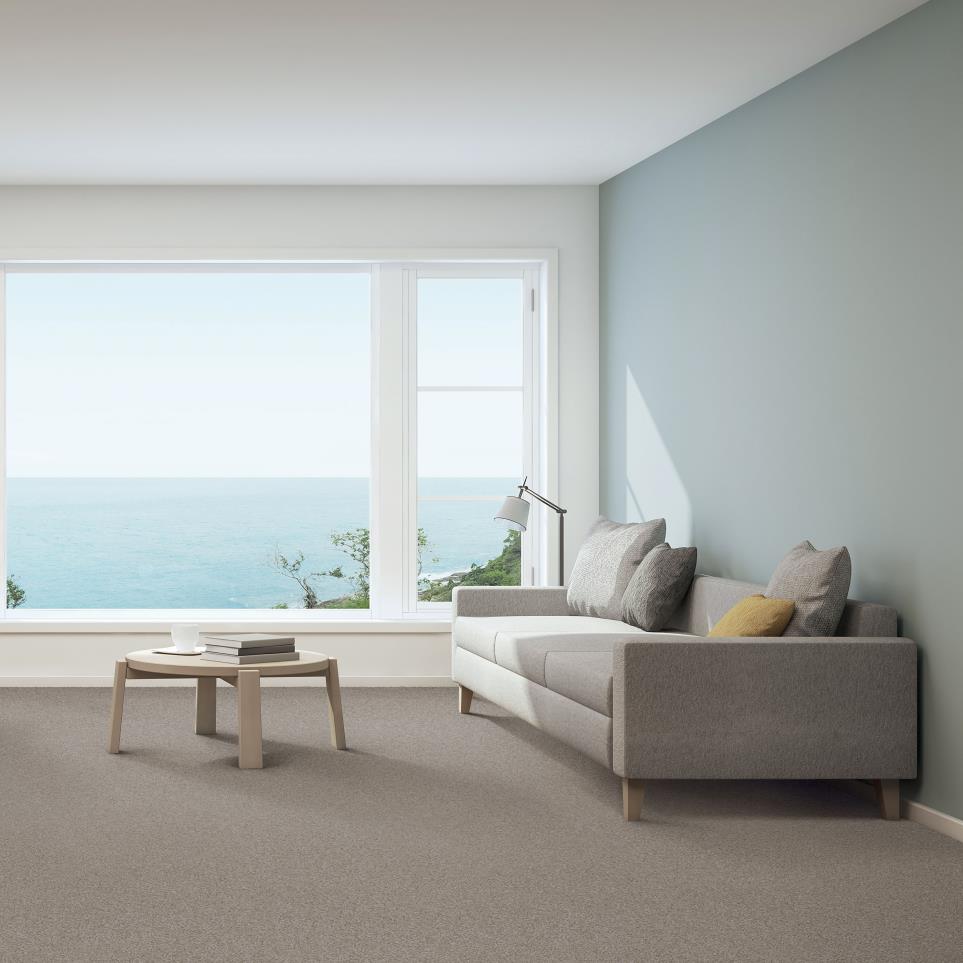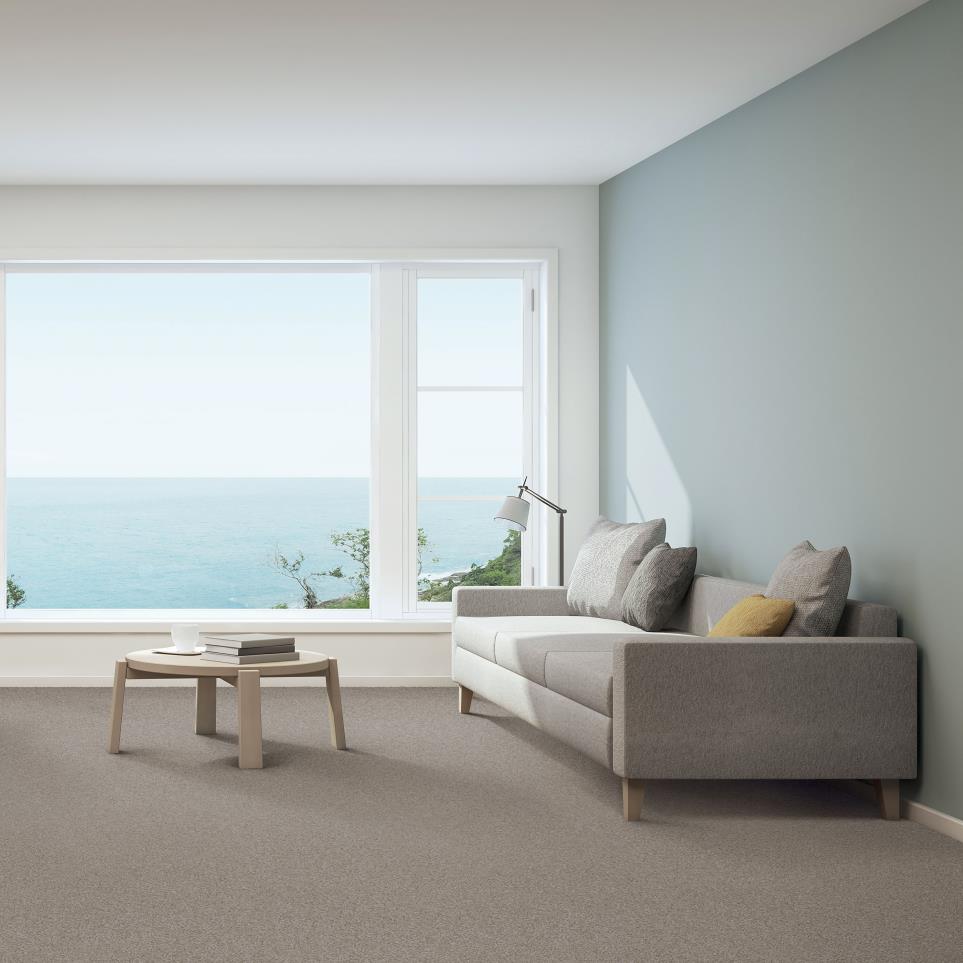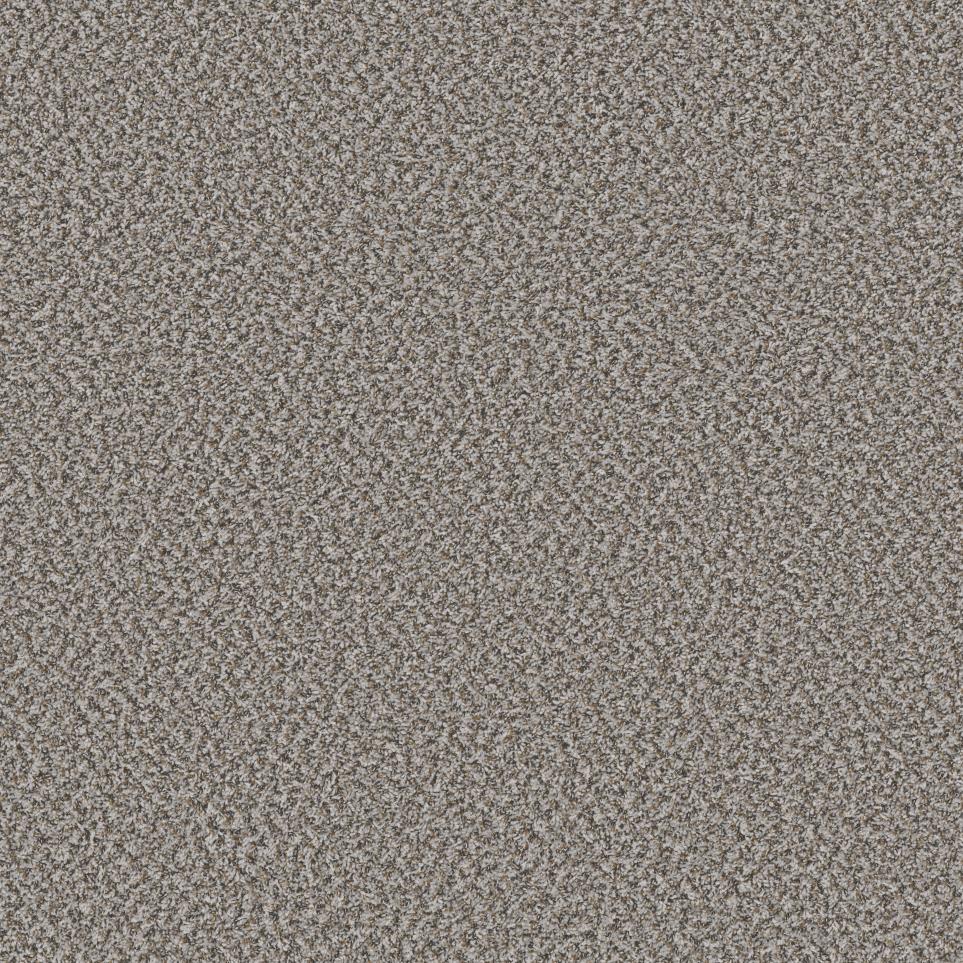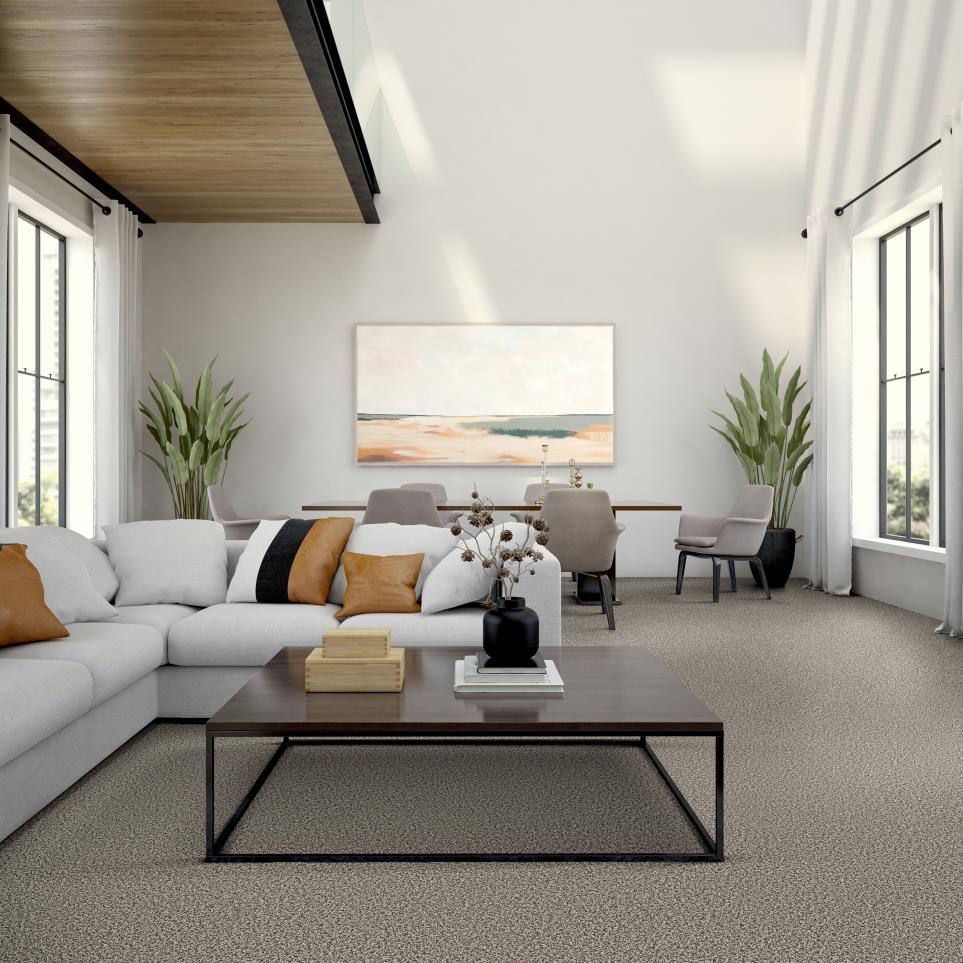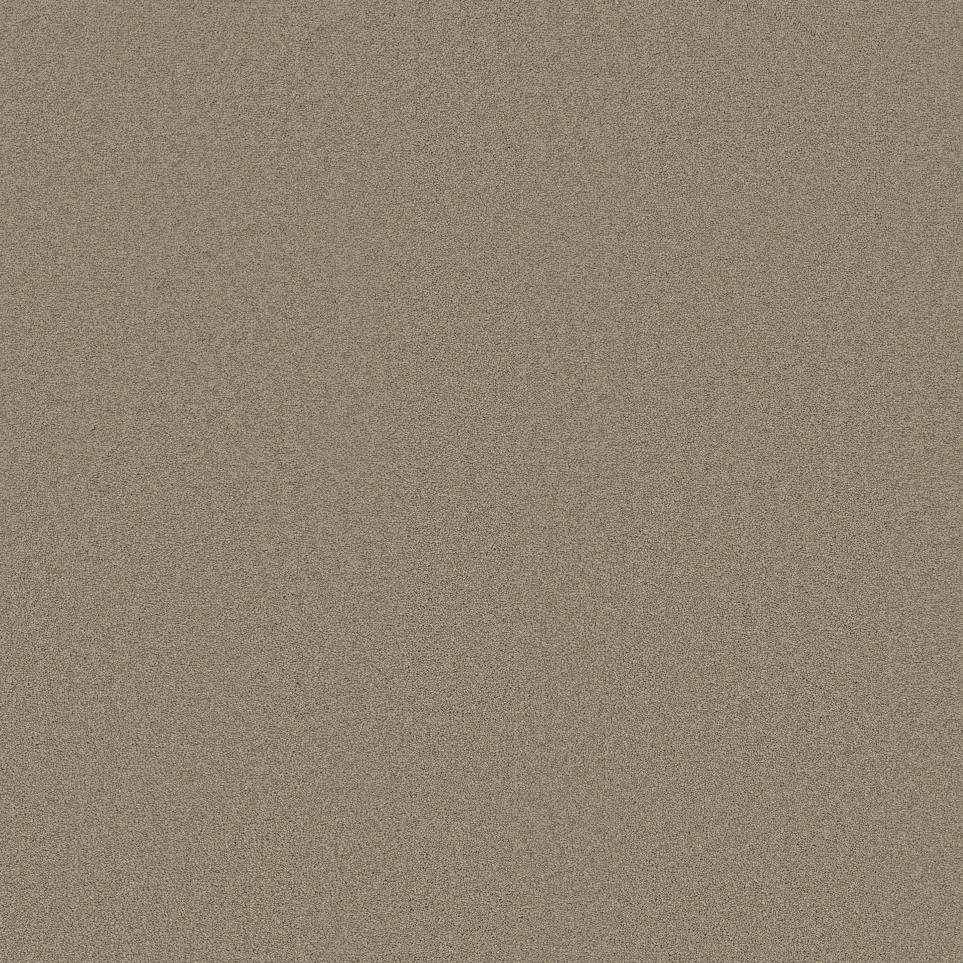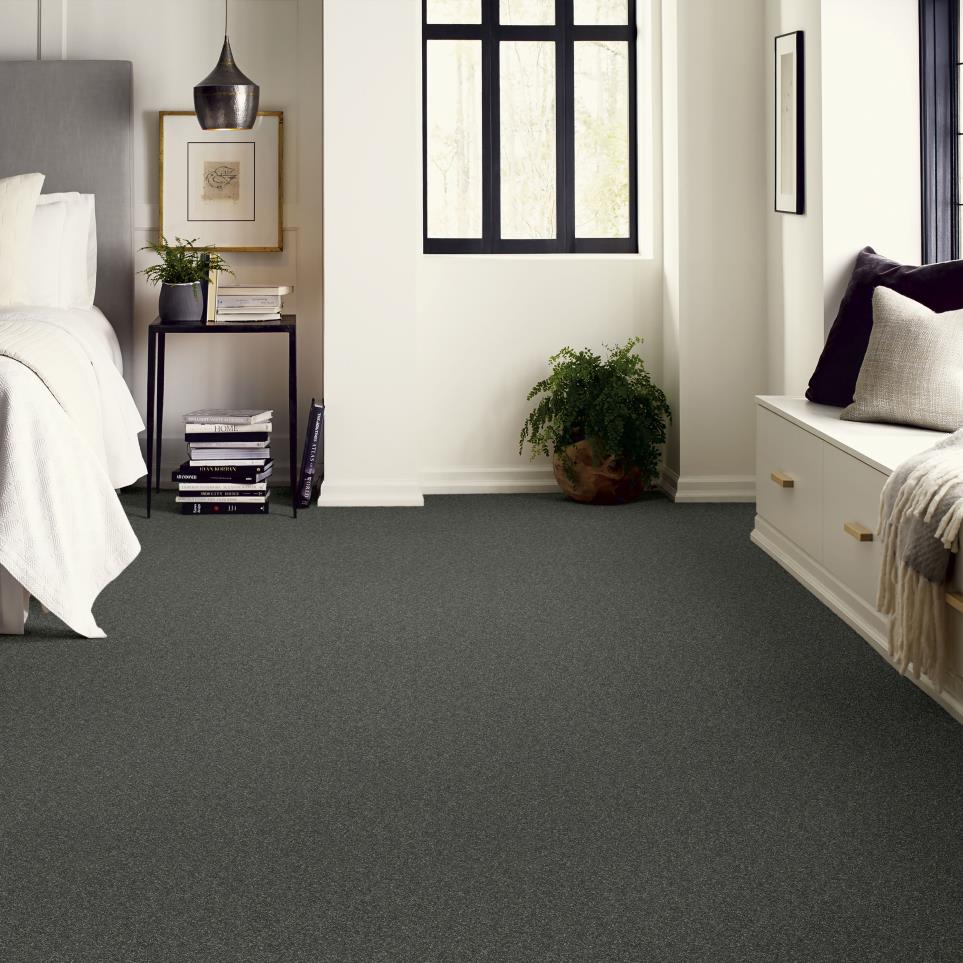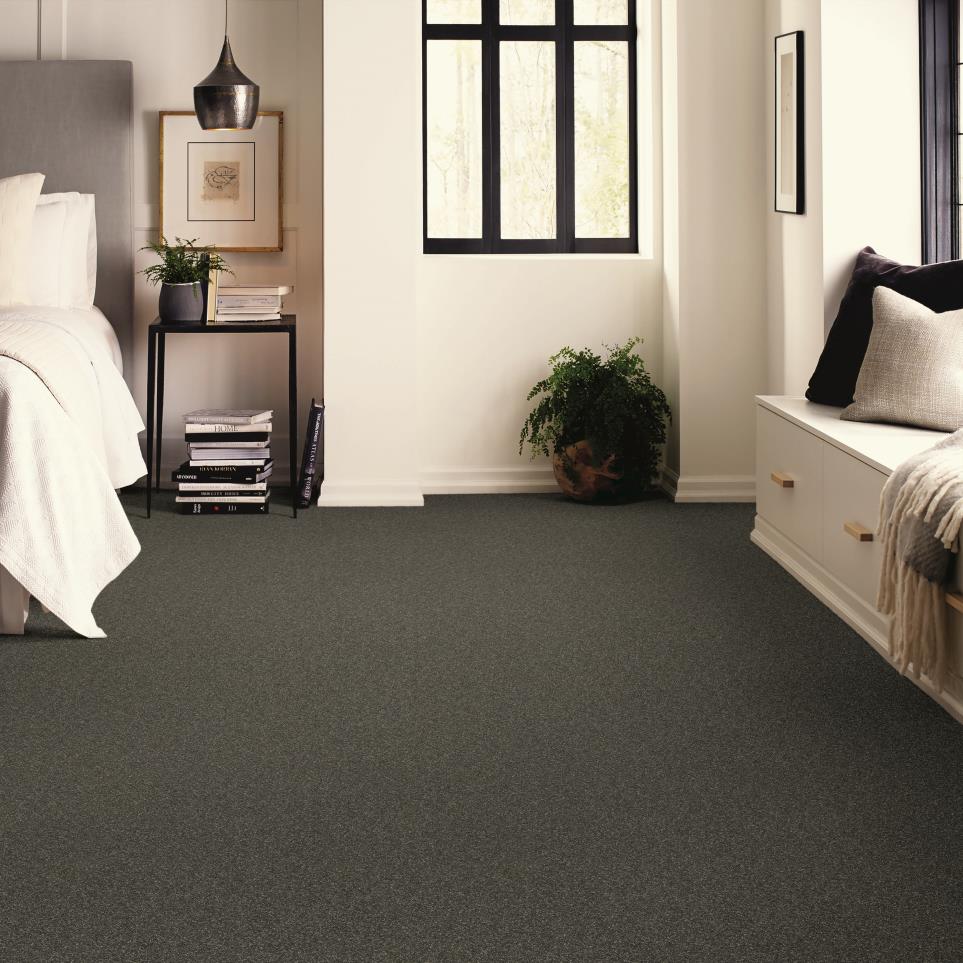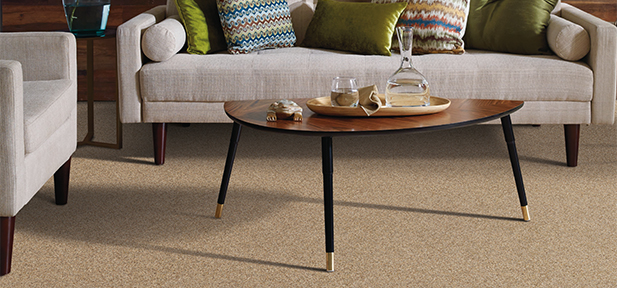
Can you think of a more comforting way to start your day than by sinking your feet into cozy, luxurious carpeting? This flooring favorite brings softness to playrooms, slip resistance to stairways, and sound-dampening qualities to bedrooms and offices. And with so many design options, you won't have to worry about complementing your home's aesthetic.
Options abound when it comes time to pick your carpet style. Are you in the market for a hard-working loop carpet in your bustling office or an indulgent, velvety plush carpet that gives just enough under your feet with each step? You can also bring dimension to your space with textured or patterned carpeting that's brilliant at hiding footprints.
Shopping for new carpet isn't as easy as it sounds. There are so many decisions to make between taking that first research step and actually stepping onto your new carpeting. What style best suits how you and your family live? Do you want a sturdy loop or a softer cut pile? Plus you've got to decide on the carpet material, hue, and carpet installation!
Thankfully, you can avoid getting overwhelmed with the help of your local Flooring America expert, who can walk you through the process and identify various carpets, even carpets on sale!
Carpet pile types
So many factors go into determining the look of your optimal carpet choice. What material makes the most sense for the nonstop foot traffic your main floor sees each day? What style best complements your contemporary decor? What type of cut and yarn height will deliver that dreamy comfort you crave when you wake up each morning? Finally, what color do you want to fill a large part of your home for the next several years?
Some carpet materials do a better job of not fading than others, especially synthetics such as polyester. A process called solution dyeing adds color during the fiber creation process, resulting in rich, fade-resistant hues.
Routinely cleaning your carpet is the least you can do to keep your investment in good shape for years to come. It's as easy as vacuuming weekly to collect any hair, dust, and other allergens. When your neighbor spills her wine during book club, treat it right away based on the care instructions from the manufacturer. If you know your entire household is accident-prone and messy accidents are inevitable, consider waterproof carpeting options.
A carpet's durability depends not just on the material it's made of, but also on its pile type and the wear it sees. For instance, using an olefin carpet in your busy living room is not recommended since its fibers have a low melting point and can easily clump together with friction. To get maximum durability from your new carpet, work with your local Flooring America expert to choose the best carpet option for your home.
Once you've picked out your carpet selection, you're eager to get it installed! The process isn't complicated, but it does require skill, a specialized set of tools, and some experience. A professional installer will ensure that every step of the process is completed, from subfloor prep to the final walkthrough. You'll be able to sleep at night knowing your warranty protection is still in place.
Another benefit to professional installation? A longer lifespan for your new carpeting! Though carpet generally lasts for many years, it really does vary from home to home based on general wear and activity levels. Get all you can from your carpeting by making good choices on some key factors, like:
Carpeting a large, expansive area of your home or office? Wall-to-wall carpeting may be just the answer, as it comes in wide rolls several feet long, making it easier to install. Pick between solid hues and fun, bold patterns in a handful of carpet styles and fibers.
Advantages and disadvantages of carpeting
When you're deciding whether to buy carpet or another type of flooring, it's helpful to consider the pros and cons of each.
Carpet has several pros that your family may benefit from, including:
A few factors that are worth considering include:
What is the best grade of carpet? Of the three carpet grades available, high-end carpets provide the most durability and highest quality. Most likely, the carpet you see in your next-door neighbor's trendy living room is a medium-grade carpet, while the carpet in your kindergartener's classroom may be low-grade (also called builder grade).
Flooring America collects data when you visit our website as described in our Privacy Policy. By continuing to browse, you accept and agree to our enhancing your experience with cookies. Learn more.
